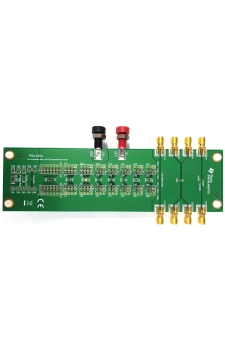Other Parts Discussed in Thread: UCC256404, UCC27524, UCC25640EVM-020
I have a start up problem with UCC256402 in a DC/DC converter design. When I apply input voltage, VCC rises to about 15V and stay flat, but RVCC stays at zero, BLK volatge is >3V. At beginning UCC256404 was chosen as the primary controller, it is changed to UCC256402 trying to avoid problem with AC zero crossing detection and X-cap discharging function, but the circuit still cannot start up. Apart from the AC zero crossing detection/X cap discharge function (which UCC256402 does not have) and BLK voltage for UVLO, I cannot find other clues that could affect the start up.


